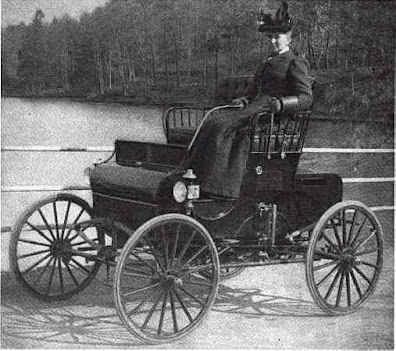Nerts!!
In 2017, Disney Studios released Olaf's Frozen Adventure, a 21-minute animated film that centred on a beloved supporting character from their 2013 film Frozen (which had become -and remains- one of the most successful Disney films of all time).
The new short film was released in cinemas as a "curtain-raiser" to another animated film (Coco) and the reaction from movie-goers was angry and loud.
Audiences were "unhappy" (translation: they posted abusive rants on Twitter) that they were being forced to sit through 21 minutes of singing-snowman before being allowed to watch the film they had actually paid for. Theatres were compelled to post warning messages about the length of the Prologue and some cinemas junked the short film altogether. The consensus seemed to be that audiences had come to the cinema to see one film, and one film only. Asking them to sit through anything beyond that was just a kettle of fish too far.
— Nicholas Gurewitch (@PerryFellow) November 25, 2017
Me, watching the six-hour Frozen "short" that played before Coco.
— Andy Herren (@AndyHerren) November 26, 2017
Sometimes I wake up covered in sweat and screaming, filled with the horrifying certainty that I’m STILL watching that seemingly endless Frozen “short” that played before Coco.
— Jhonen Vasquez (@JhonenV) November 26, 2017
The seemingly endless, deeply mediocre Frozen 'short' they force you watch before CoCo is a hate crime
— Patrick Sullivan (@PatchNavillus) November 24, 2017
That's the trouble with the youth of today; no stamina. If they can't make it through a single adorable snowman, they would have positively exploded when presented with a typical movie afternoon of the 1930s.
A Depression-era Saturday matinee at the picture house would normally have included:
a short film;
a cartoon ("Boop-boop-a-doop!");
a newsreel;
a chapter serial ("Will Flash Gordon escape from the Fiery Pit of Doom??") and (of course)
trailers for future releases.
Oh, and we should probably mention the live-action entertainment.
A staple of the old silent-movie houses, it was common practice in the late 1920s and early 30s to have some form of stage performance before the main feature. These Prologues, or "footlight shows" could range from the incredibly lavish and stunning routines of the Rockettes at Radio City Music Hall...
…to a bored and semi-accoutred tchotchke wriggling her pupik for a couple of minutes while the projectionist fumbled with the next reel.
Although Footlight Shows were a common feature of the 1920s, they quickly faded with the advent of Talking Pictures. One important feature of the "silent movie" era had been the constant presence of live music. When you had actual musicians (even just a lone pianist) accompanying the film, it wasn't a huge stretch to throw in a dancer or two for the audience to gawk at between reels.
But the silent era of the 20s inexorably gave way to the sound era of the 30s, and the Footlight Shows gradually faded into memory... presumably putting a whole class of performers out of business.
That, at least, is the central thesis of our next Busby Berkeley musical: Footlight Parade.
Footlight Parade was the third of the trio of Busby Berkeley musicals released in 1933, and it follows the fortunes of Chester Kent (the incomparable James Cagney) as the director of a production company trying to mount "Prologues" in a rapidly declining market.
If you're surprised to see James Cagney headlining a musical spectacular, you needn't be. He may have been typecast as gangsters and tough guys in his (three-year-old) movie career up to this point, but for the eleven years before that he had been a song-and-dance man through and through. Dancing was his first love (and the foundation of his career). No one moved quite the way he did, and Footlight Parade was a rare opportunity for him to dance onscreen.
Plot-wise, Footlight Parade follows the template of 42nd Street and Gold Diggers of 1933: a group of hard-working dancers and performers must struggle against overwhelming odds to put on a series of (astonishingly) extravagant musical numbers. Various internal romances and assignations provide a suitable storyline to accompany the main objective, and of course there is that inevitable moment when All Is Lost For Our Heroes.
And then there are the set pieces. Oh boy, the set pieces... (Remember, these are meant to be Footlight Shows; put on before the screening of a movie.)
Busby Berkeley has admitted that he felt pressured to continually outdo himself, and nowhere is that more obvious than in Footlight Parade. The scale of the production numbers in this film dwarf anything he had done in the previous films, and the finale of Footlight Parade has been the subject of more than one PhD thesis over the last 91 years.



















Comments
Post a Comment